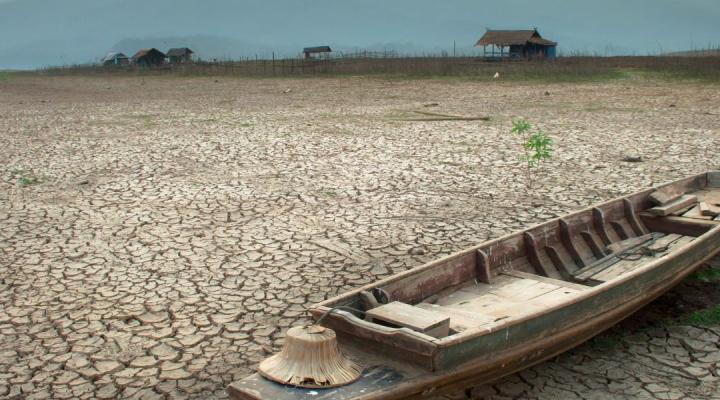Background resources on diseases carried by insects for the Burjeel Holdings and Saïd Business School Climate Change Challenge
Diseases carried by insects and climate change
One of the most serious consequences of climate change is the profound impact on human health and wellbeing. Almost every element of climate change affects populations across the globe. Apart from the known and visible effects of rising heat, like exhaustion and heat stroke, the rapid warming of the Earth also has significant long-term implications for the prevention and control of vector-borne diseases.
This BBC video explains how climate change can fuel the spread of diseases.
According to the World Health Organization (WHO):
- Vector-borne diseases account for more than 17% of all infectious diseases, causing more than 700,000 deaths annually.
- Malaria causes an estimated 219 million cases globally, and results in more than 400,000 deaths every year. Most of the deaths occur in children under the age of five years.
- More than 3.9 billion people in over 129 countries are at risk of contracting dengue, with an estimated 96 million symptomatic cases and an estimated 40,000 deaths every year.
- Viral diseases transmitted by vectors include Chikungunya fever, Zika virus fever, Yellow fever, West Nile fever, Japanese encephalitis (all transmitted by mosquitoes), tick-borne encephalitis (transmitted by ticks).


One recent study, led by the London School of Hygiene and Tropical Medicine (LSHTM), predicted that more than eight billion people could be at risk of malaria and dengue by 2080. The research found that global temperature rises could lengthen annual transmission seasons by more than a month for malaria and four months for dengue over the next 50 years.
In addition to health problems, vector-borne diseases have wider socio-economic impacts. The burden of climate-sensitive diseases is greatest for the poorest populations. As an example, the per capita mortality rate from vector-borne diseases is almost 300 times greater in developing nations than in developed regions.
Tools to tackle vector-borne diseases
In India, the world’s most populous country, the impact of climate change is seen with an increase of extreme weather events and as a consequence a rise in vector-borne diseases. Dr Vikram Vora, medical director for the Indian sub-continent at International SOS wrote recently for the Hindustan Times about the profound impact on human health and wellbeing of climate change and the importance of providing early warning system on vector-borne diseases to help to develop strategies that mitigate the increasing risks of these diseases globally.
The connection between climate change and the spread of infectious disease is often overlooked, or not made at all. This has resulted in a critical shortage of tools that model the relationship between climate change and disease outbreaks.
DART (Dengue Advanced Readiness Tools) is a new project being led by the University of Oxford, to use climate data to better predict and prepare for infectious diseases outbreaks.
Thanks to funding from Wellcome the global research team hopes to address critical gaps in understanding about where and when deadly disease outbreaks are likely to occur, helping policy-makers to plan ahead, prepare healthcare systems and increase treatment accessibility and resources, and respond rapidly with targeted and efficient public health measures, saving more lives.
The project will concentrate on two case study cities, the Vietnamese capital Hanoi, which has experienced a recent emergence of dengue fever, and Ho Chi Minh City, which has persistent, high levels of dengue occurrence.
Vector-borne diseases
WHO | March 2020
Climate change and vector-borne diseases of public health significance
Oxford University Press | September 2017 | Nicholas H Ogden
Diseases Carried by Vectors
Centers for Disease Control and Prevention
Explainer: How climate change is amplifying mosquito-borne diseases
World Mosquito Program
Projecting the risk of mosquito-borne diseases in a warmer and more populated world: a multi-model, multi-scenario intercomparison modelling study
Lancet | July 2021 | Felipe J Colón-González et al
Infectious disease in an era of global change
Nature | October 2021 | Rachel E Baker et al
The 2021 report of the Lancet Countdown on health and climate change: code red for a healthy future
Lancet | October 2021
Climate Change and Vectorborne Diseases
The New England Journal of Medicine | November 2022 | Madeleine C Thomson and Lawrence R Stanberry
Climate change: an enduring challenge for vector-borne disease prevention and control
Nature | April 2020 | Joacim Rocklöv and Robert Dubrow





